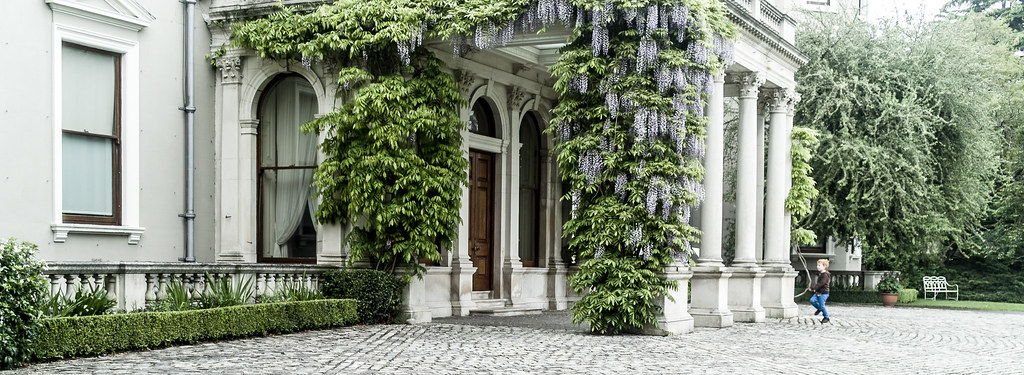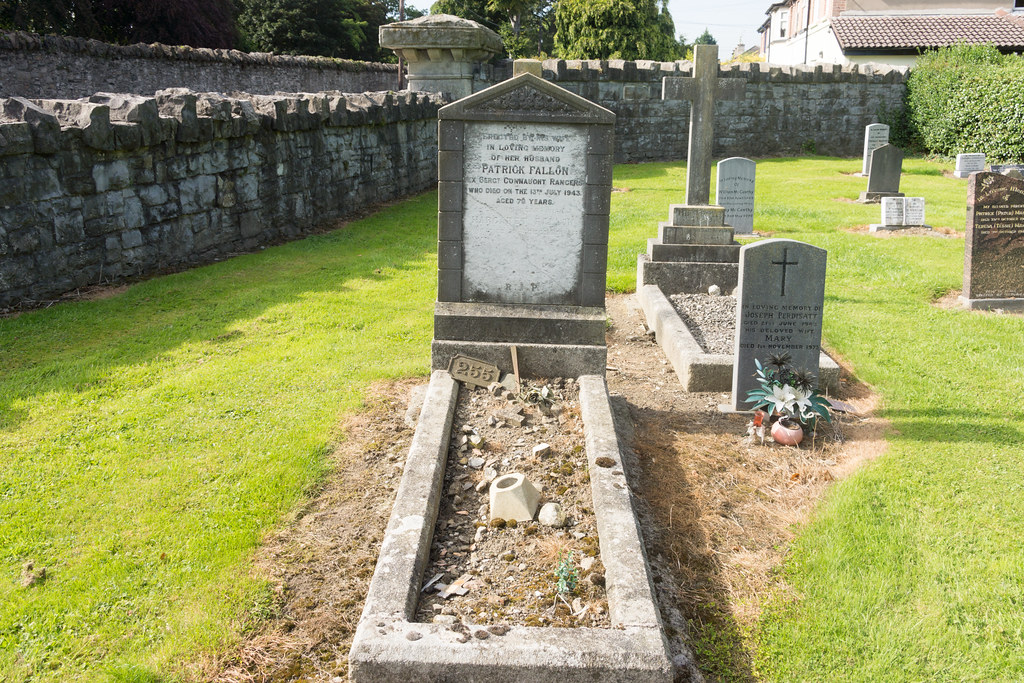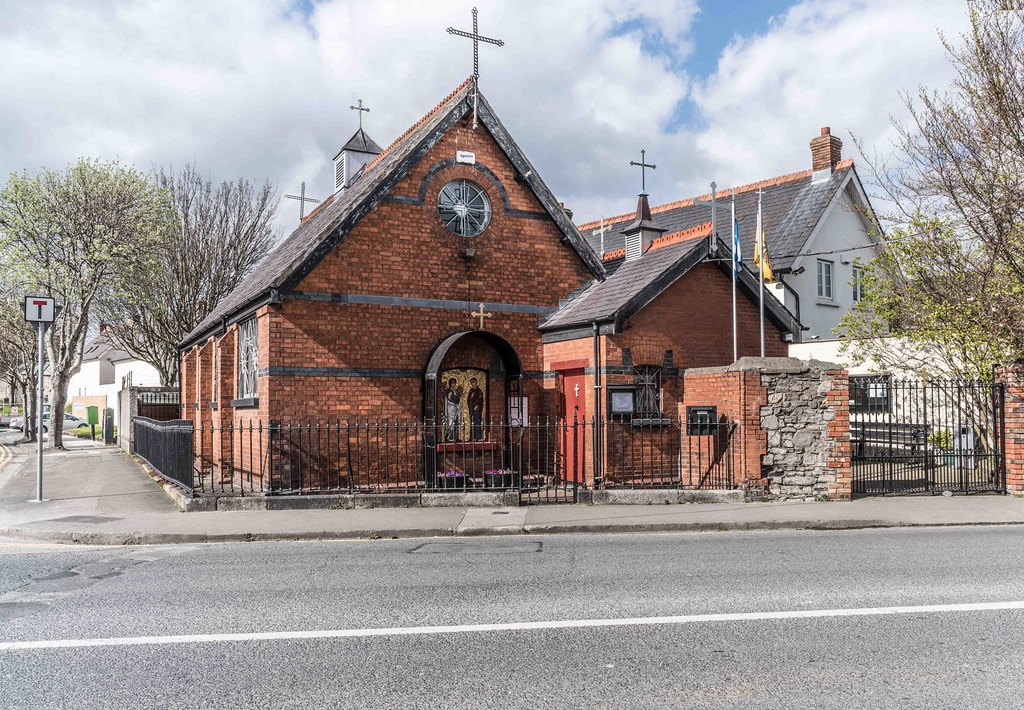VISIT THE 2023 PHOTO BLOG
As this site is not a mobile-friendly as we had hoped we are developing Headless WordPress solutions which are much faster and ideal for mobile users.
LOCAL GREEK CHURCH
The Greek Orthodox Church of the Annunciation is located in central Dublin, at the Arbour Hill Area and it is adjacent to the Hellenic School.
THE GREEN MENU OPTIONS ARE MOBILE FRIENDLY AND ARE FASTER SO THEY ARE RECOMMENDED. THE RED MENU OPTIONS ARE SOMEWHAT SLOWER DEPENDING ON YOUR DEVICE OR BROWSER AND ARE MORE SUITABLE FOR DESKTOPS AND LAPTOPS. THE BLUE OPTIONS ARE PAGE LINKS AND WILL BE PHASED OUT GOING FORWARD
MAIN MENU
APRIL 2016PLACES OF INTEREST WITHIN THE PARK OR NEARBY
The Furry Glen, sunset, 3 January 2015: In the south-western corner of the park is an area known as the Furry Glen which has a series of short walks centred on a small lake with birds, plants and wildlife. The jay, normally a rather shy bird, is common and conspicuous here.
The State Guest House, Farmleigh, adjoins the park to the north-west.
The headquarters of the Garda Síochána, the police force of Ireland, are located in the park.
The National Ambulance Service College is located at Saint Mary's Hospital on the Chapelizod side of the park. This building dates from 1766 and was formerly the Hibernian Military School.
Ordnance Survey Ireland is located in Mountjoy House near the Castleknock Gate. The house was built in 1728 and was originally known as Mountjoy Barracks as it quartered the mounted escort of the Lord Lieutenant who resided in the Vice-Regal Lodge (now Aras an Uachtarain).
Adjoining the park to the south east is the Irish Defence Forces' McKee Barracks. Built in 1888 as Marlborough Barracks it once housed 822 military horses.
Ratra House at the back of the Aras, was the home of Civil Defence Ireland since the organisation was established in 1950 until 2006 when the headquarters was decentralised to Roscrea, County Tipperary. Named Ratra House by the first President of Ireland, Douglas Hyde who retired to the house in 1945 from his Presidency. He named it after his native Ratra Park in Frenchpark, County Roscommon where he had done much of his writing. Built in 1876, Winston Churchill lived there from age two to six.
Grangegorman Military Cemetery lies just outside the walls of the Park on Blackhorse Avenue.
The park also contains several sports grounds for football, hurling, soccer, cricket and polo.
Bohemian Football Club was founded in the Gate Lodge beside the North Circular Road entrance in 1890. The club played its first games in the Park's Polo Grounds.
At Conyngham Road, near the South Circular Road junction, the regular wall takes on an unusual arch shape before levelling out again this marks the point where the Liffey Bridge enters the Park via a rail tunnel that continues on beneath the Wellington monument. It is used regularly for freight traffic, and by certain limited special passenger services. It was used during World War Two for storing emergency supplies of food.
The State Guest House, Farmleigh, adjoins the park to the north-west.
The headquarters of the Garda Síochána, the police force of Ireland, are located in the park.
The National Ambulance Service College is located at Saint Mary's Hospital on the Chapelizod side of the park. This building dates from 1766 and was formerly the Hibernian Military School.
Ordnance Survey Ireland is located in Mountjoy House near the Castleknock Gate. The house was built in 1728 and was originally known as Mountjoy Barracks as it quartered the mounted escort of the Lord Lieutenant who resided in the Vice-Regal Lodge (now Aras an Uachtarain).
Adjoining the park to the south east is the Irish Defence Forces' McKee Barracks. Built in 1888 as Marlborough Barracks it once housed 822 military horses.
Ratra House at the back of the Aras, was the home of Civil Defence Ireland since the organisation was established in 1950 until 2006 when the headquarters was decentralised to Roscrea, County Tipperary. Named Ratra House by the first President of Ireland, Douglas Hyde who retired to the house in 1945 from his Presidency. He named it after his native Ratra Park in Frenchpark, County Roscommon where he had done much of his writing. Built in 1876, Winston Churchill lived there from age two to six.
Grangegorman Military Cemetery lies just outside the walls of the Park on Blackhorse Avenue.
The park also contains several sports grounds for football, hurling, soccer, cricket and polo.
Bohemian Football Club was founded in the Gate Lodge beside the North Circular Road entrance in 1890. The club played its first games in the Park's Polo Grounds.
At Conyngham Road, near the South Circular Road junction, the regular wall takes on an unusual arch shape before levelling out again this marks the point where the Liffey Bridge enters the Park via a rail tunnel that continues on beneath the Wellington monument. It is used regularly for freight traffic, and by certain limited special passenger services. It was used during World War Two for storing emergency supplies of food.
SORRY FOR THE DELAY



